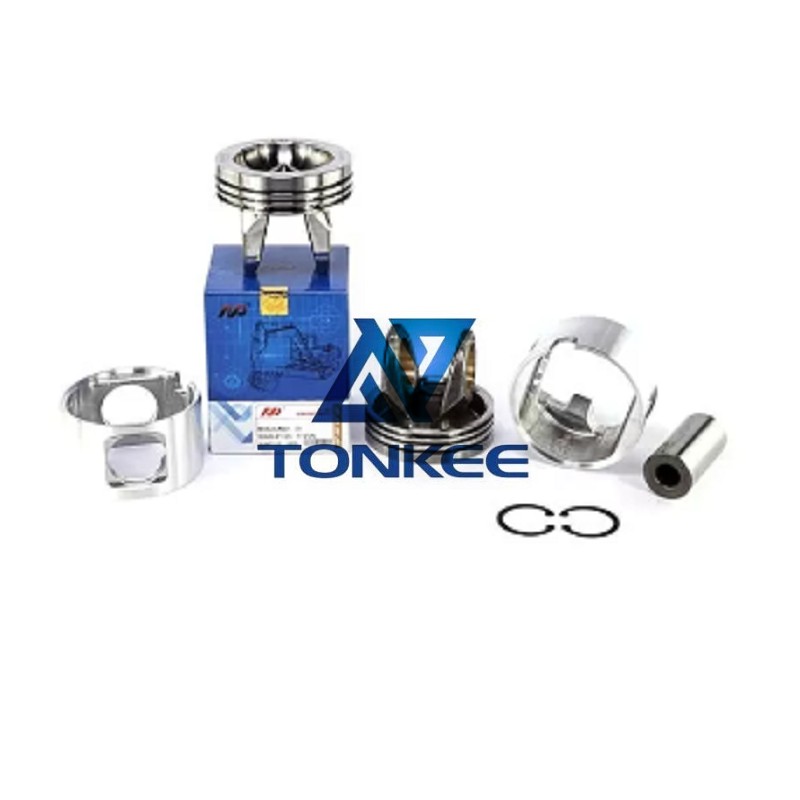
These pistons are typically constructed from high-strength, lightweight materials such as forged aluminum or alloy.
These materials are chosen for their exceptional strength-to-weight ratio, ensuring that the pistons can withstand the intense pressures and temperatures generated during combustion while keeping the overall weight of the engine in check.
Design and Manufacturing:
CAT pistons are meticulously designed and manufactured to meet Caterpillar's stringent quality standards. The design incorporates features like reinforced ring lands and an optimized bowl shape to enhance combustion efficiency and minimize emissions. Precision manufacturing processes, including computer numerical control (CNC) machining, are used to ensure consistent quality and dimensional accuracy.
Compression Height and Diameter:
The pistons are designed with specific compression heights and diameters to match the engine's bore and stroke. These dimensions are critical for maintaining the engine's compression ratio, which is crucial for efficient combustion and power output.
Ring Grooves:
Piston ring grooves are carefully engineered to accommodate the piston rings. High-quality, durable materials are used for these grooves to resist wear and ensure the rings maintain proper sealing and oil control functions.
Heat Resistance:
The pistons are engineered to withstand high temperatures generated during combustion.
They may feature special coatings or heat-resistant materials to ensure they can operate effectively in extreme conditions without deformation or damage.
Cooling Features:
Many CAT engine pistons include cooling features such as internal cooling channels. These channels help dissipate heat more efficiently, ensuring the piston remains within a safe temperature range and preventing overheating.
Ring Pack:
The piston's ring pack includes compression rings and oil control rings. Compression rings provide a gas-tight seal within the cylinder, while oil control rings manage the distribution of oil for lubrication. The design and material composition of these rings are crucial for engine efficiency and longevity.
Pin Boss:
The pin boss is the part of the piston where the wrist pin (or piston pin) is inserted to connect the piston to the connecting rod. It is designed to withstand the forces generated during engine operation and must maintain precise alignment.
Skirt Design:
Piston skirts can be designed in various ways, such as full skirt or short skirt designs. The choice of skirt design impacts factors like piston stability and friction within the engine.
Compatibility and Interchangeability:
Caterpillar places a strong emphasis on ensuring that piston parts are designed to be compatible with the specific engine models they are intended for. This helps ensure ease of replacement and repair when needed.



 English
English Русский язык
Русский язык



